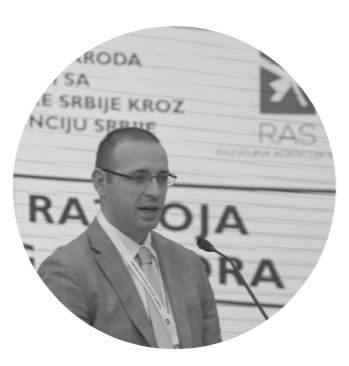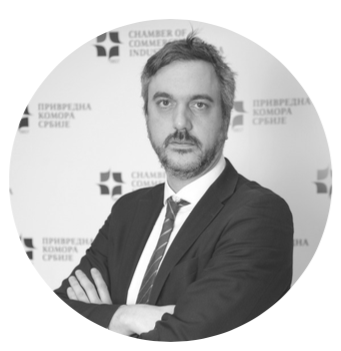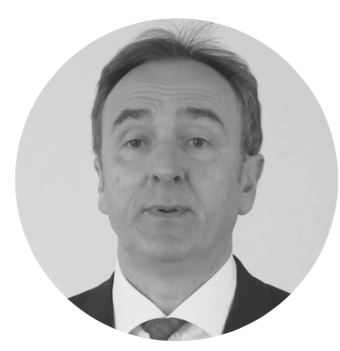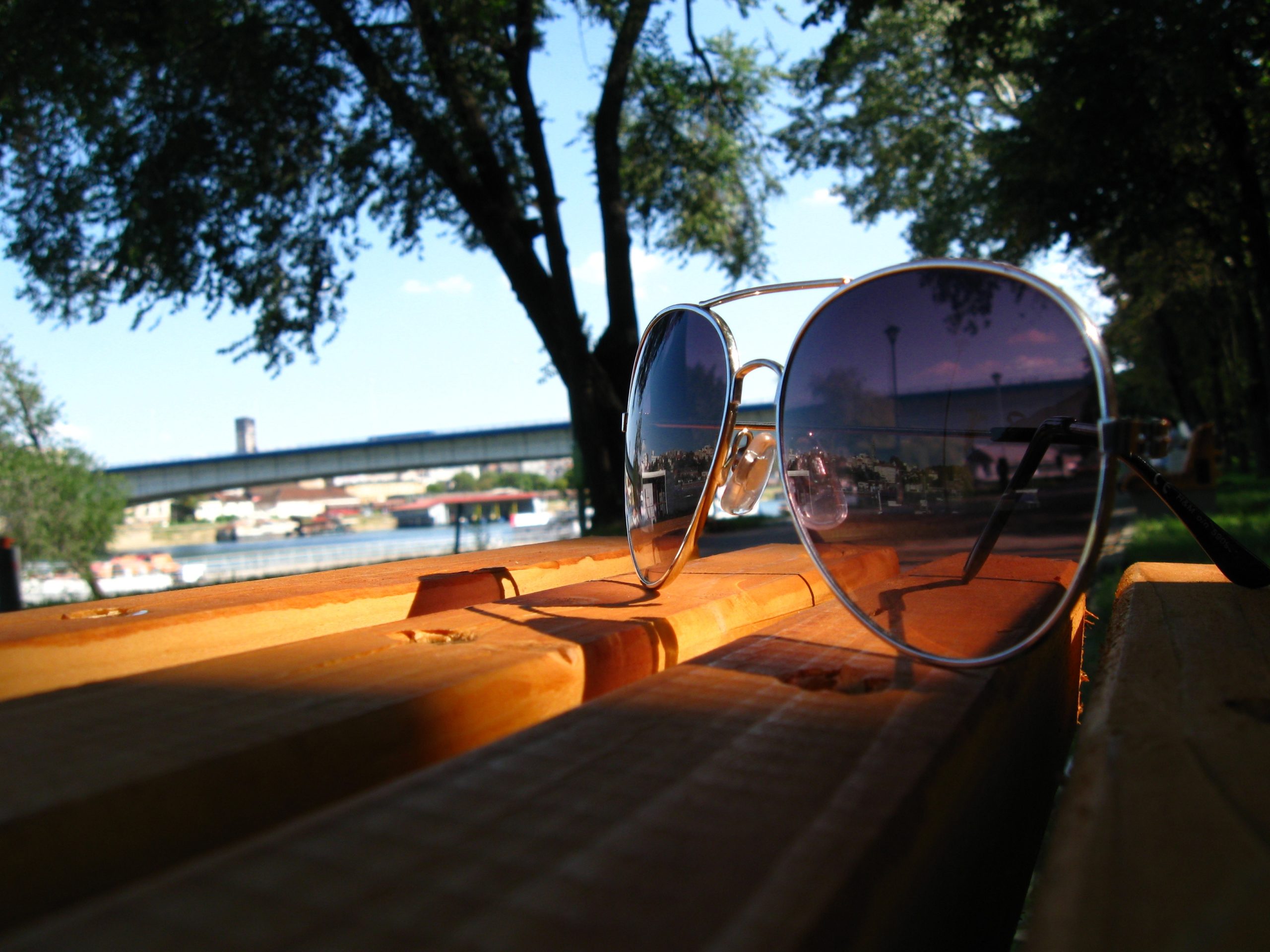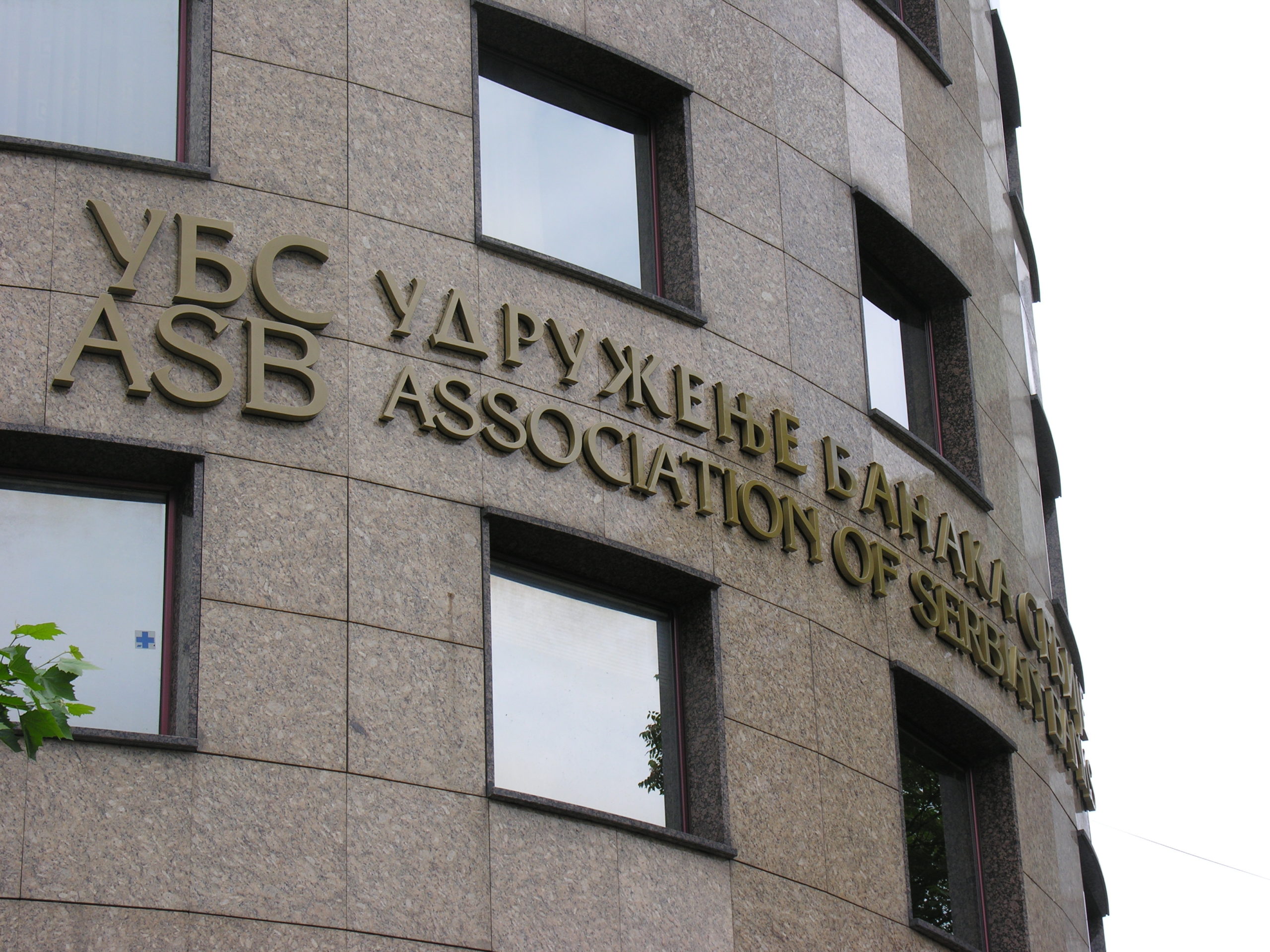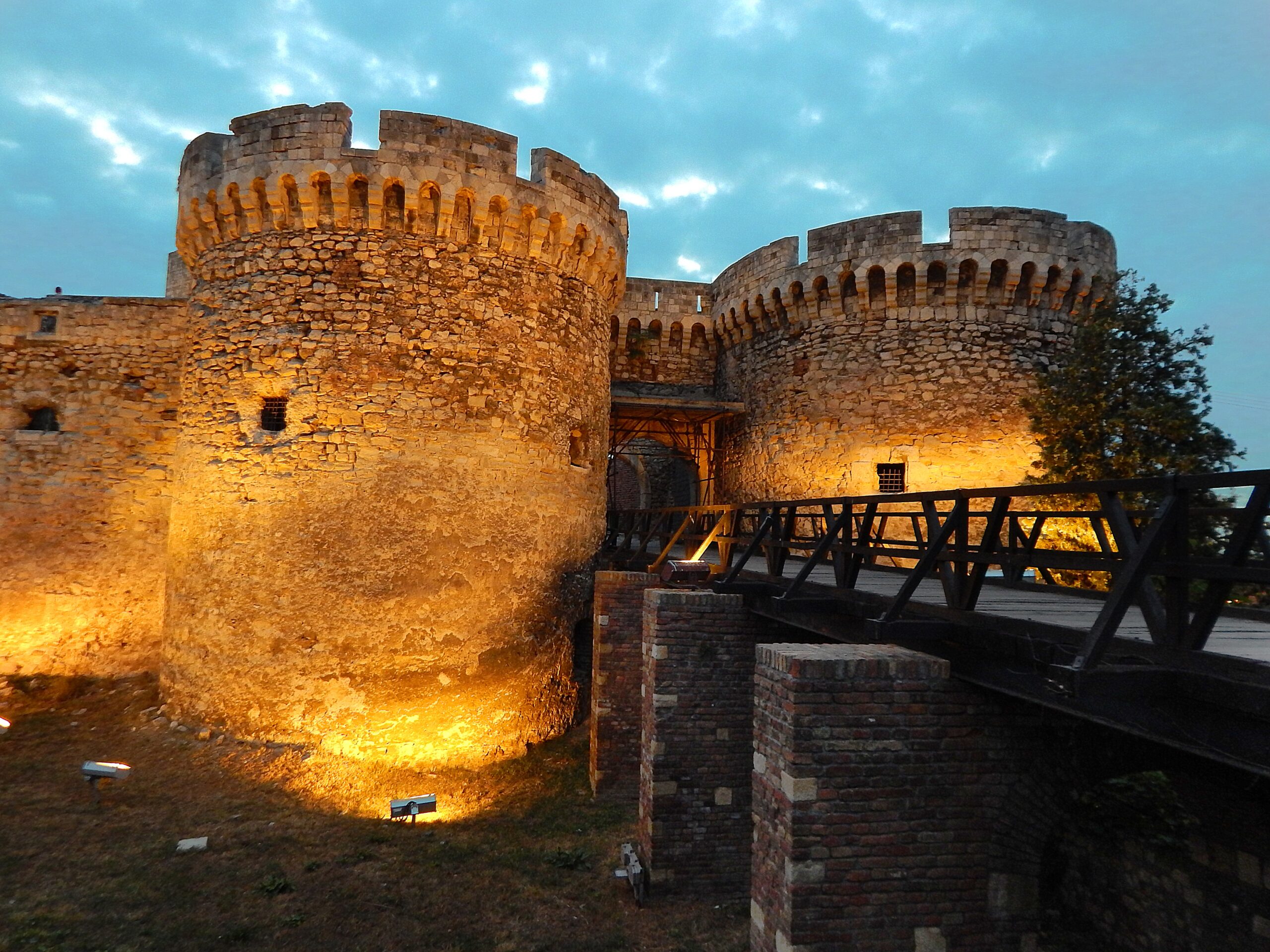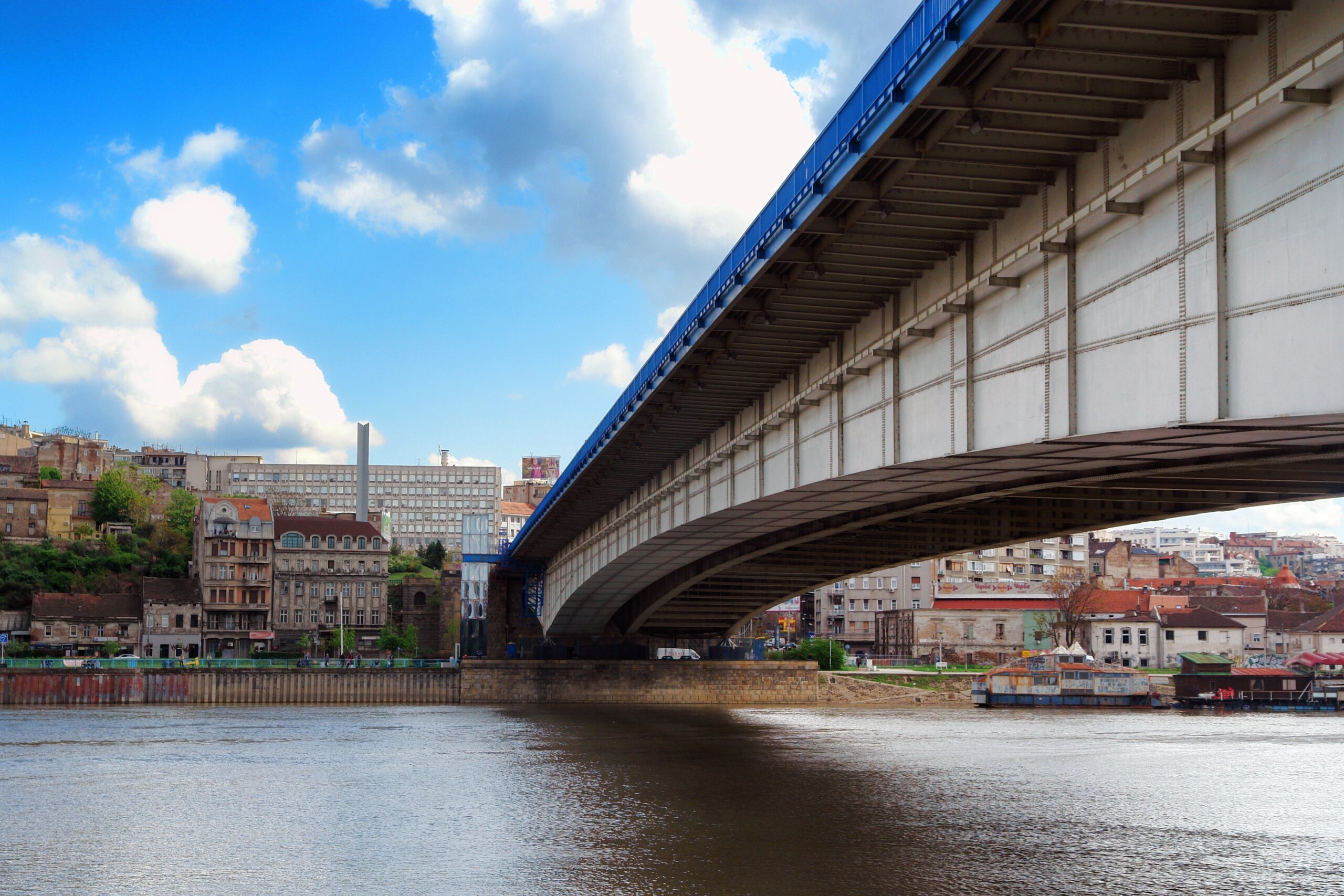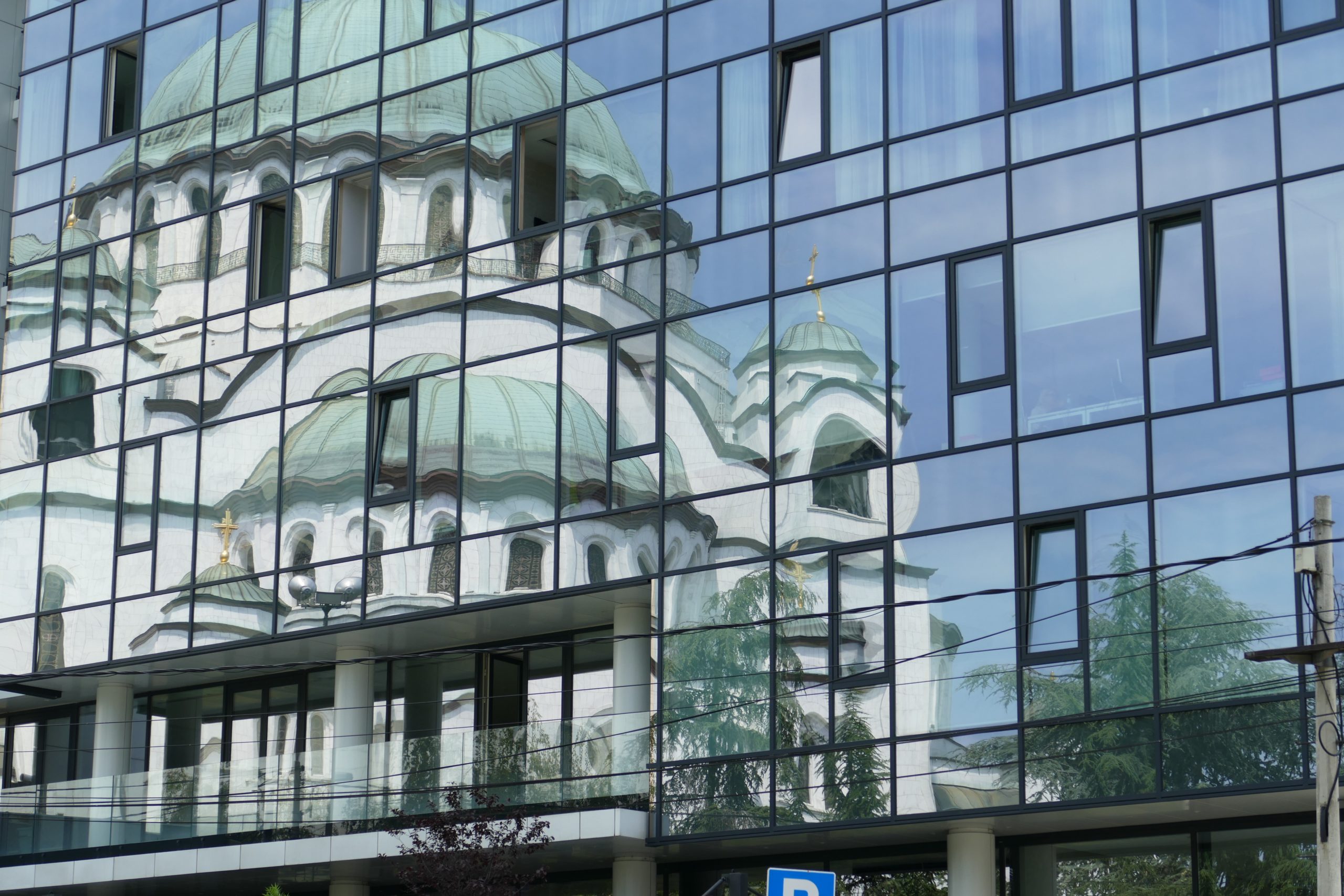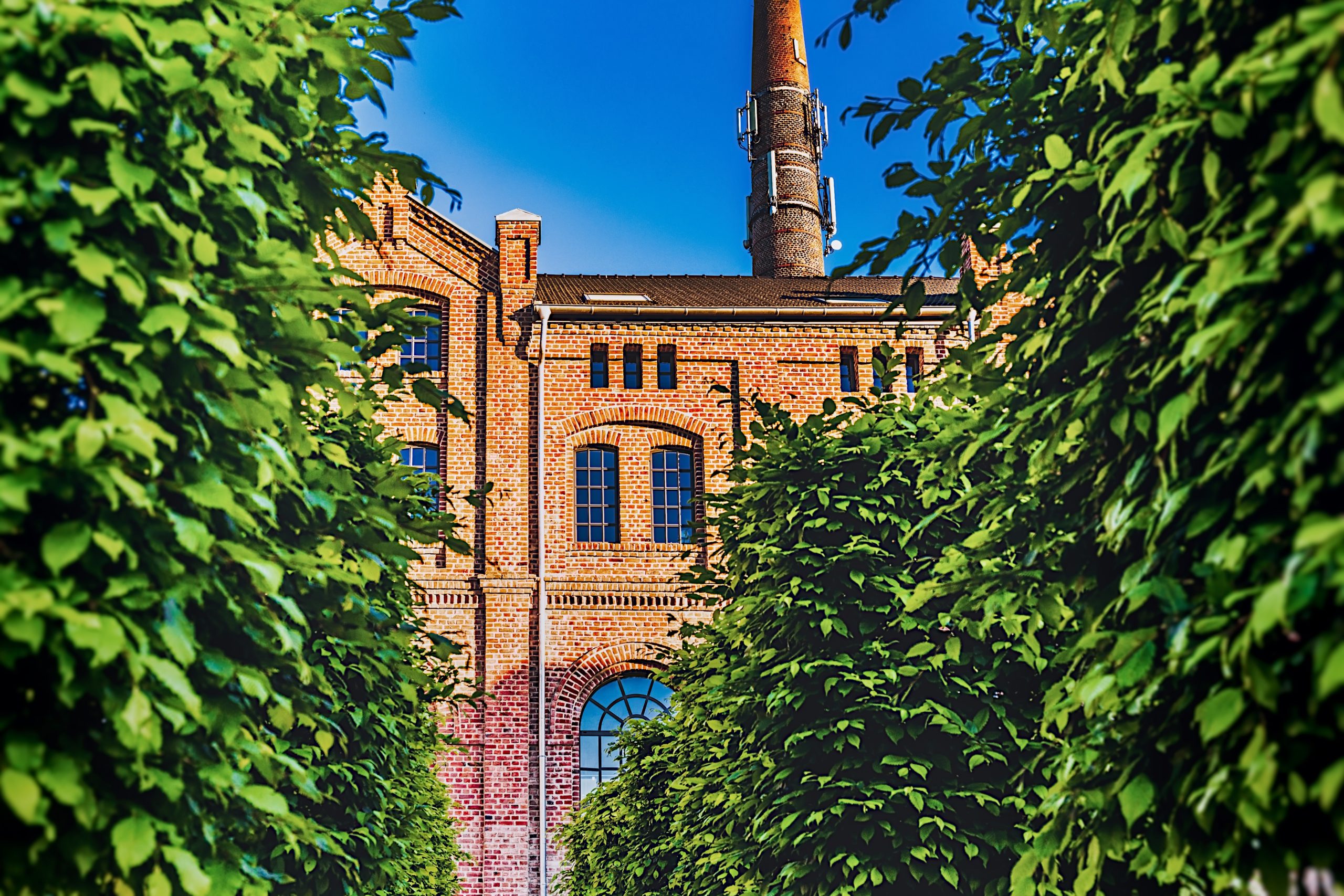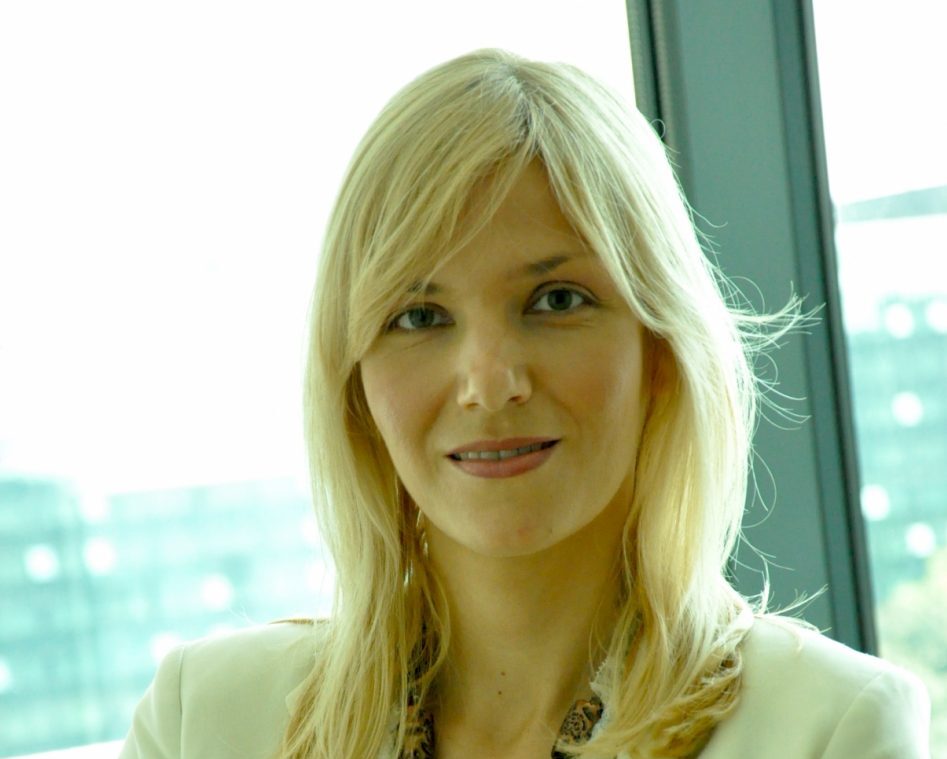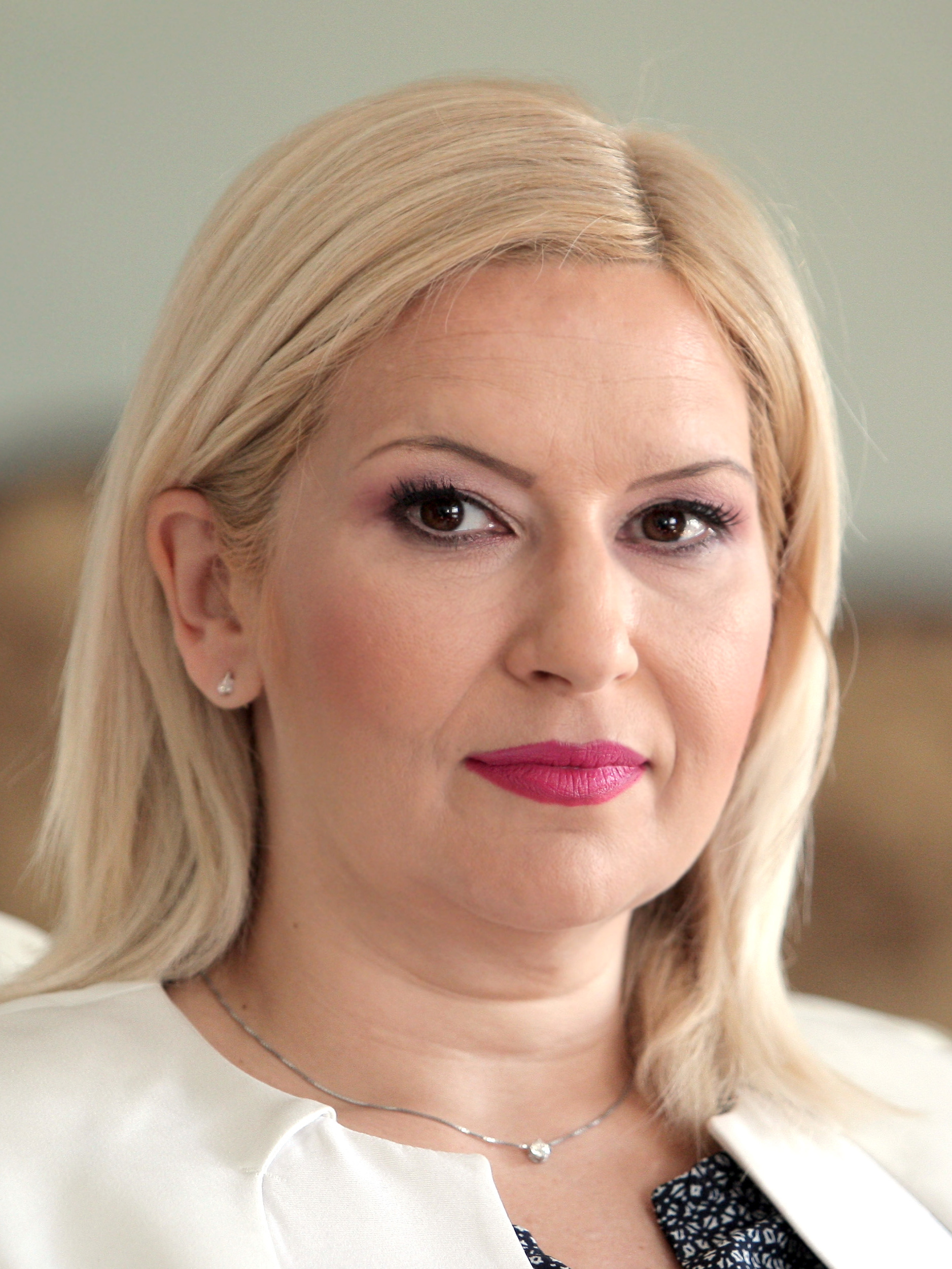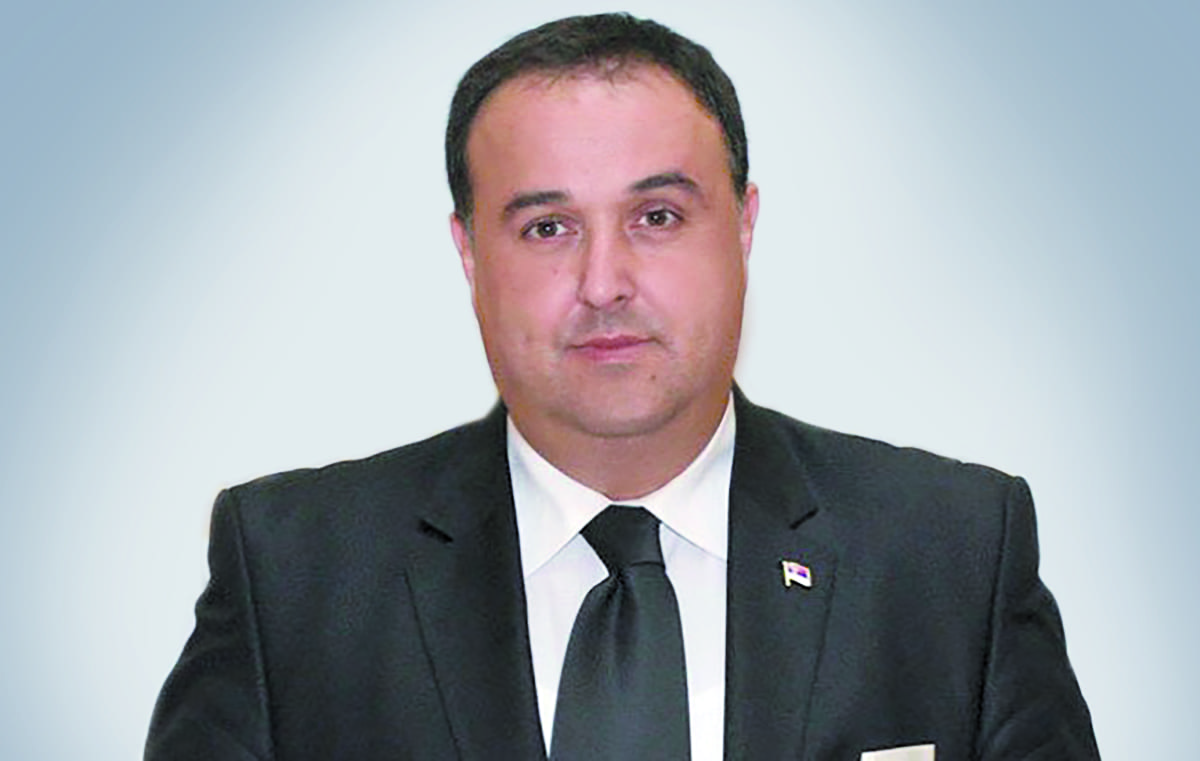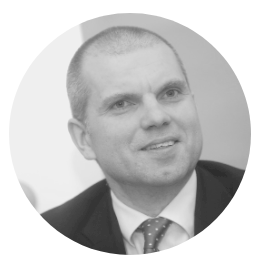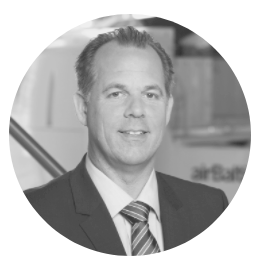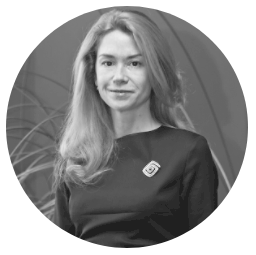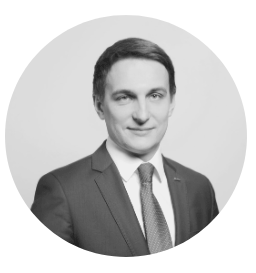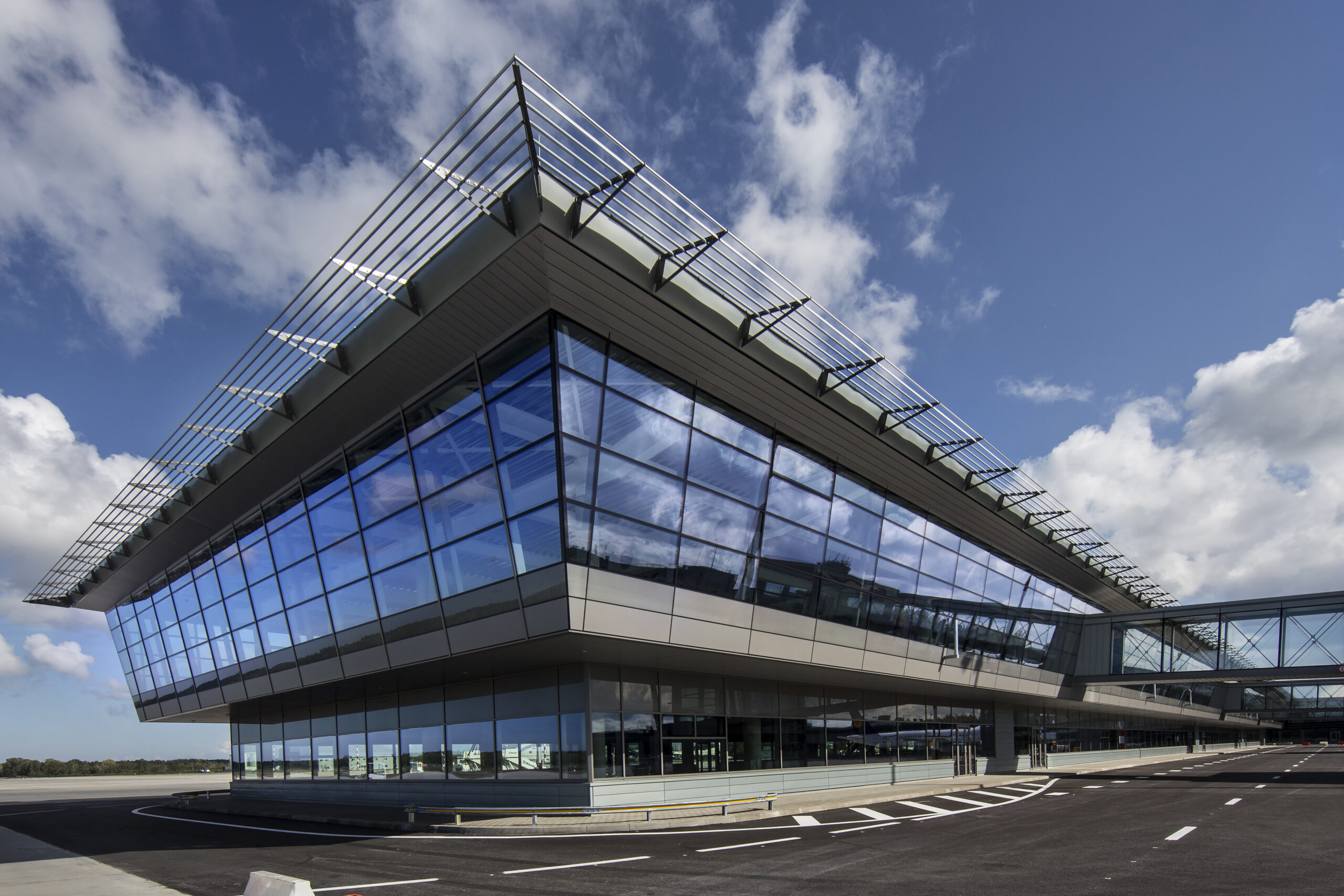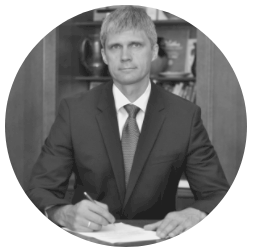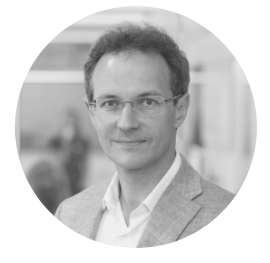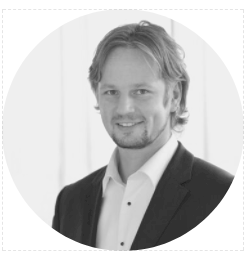Seanchaí – Custodian of an oral tradition

In a way, we are all seanchaí (phonetically pronounced: “shan-a-key”) – story tellers, legend keepers and curators to our own story’s lives.
Sliabh Liag Distillers’ invites you to become a Seanchaí and own one of 600 exclusive casks. Choose from Casks of smoky Donegal Single Malt or Pot Still Whiskey, in bourbon or sherry casks, and become the next generation of legend keepers, custodians of the oral history of the new whiskey distillery at Ardara.
The casks, from EUR 6,000 each, will be filled with the legendary Ulster style of peated Irish whiskey and left to slumber for five years (or more if you choose), and bottled when you are happy that it has achieved just the perfect depth and character of your Donegal whiskey. It will be yours and we will watch over your cask carefully, but remember we cannot cheat the angels of their share (and they always take their two percent).

The Ardara Distillery is dedicated to producing 3,000 barrels of triple distilled smoky Irish whiskey every year. Not for us a patchwork of fashions targeting everyone; rather it is a single-minded pursuit of super soft, rich, smoky whiskeys as only a distillery in Ardara, Donegal, can produce.
Ardara is a small heritage town situated on the Owentocker river as it flows into Loughrosmore Bay on the northern coast of the Sliabh Liag peninsula, County Donegal. Close to the beautiful Assaranca Falls and tucked between the Blue Stack mountains and a fabulous coastline, the town is famed for its tweed, knitwear, its festival welcome, the fishing on the Owenea and Owentocker rivers, and now Irish whiskey.
If, at the end of five years, you do not wish to bottle your cask to drink and share, but would like to sell it instead, then you are very welcome. And if you are a private cask owner and cannot find a buyer, we will offer to buy it back with interest added from the day it was filled.
James Doherty one of the distillery founders said, “This is not a cask investment but a unique chance to be part of the shared history of Sliabh Liag Distillers and the Ardara Distillery. As one of our Seanchaí, you will have your own cask of history to celebrate the return of whiskey distilling to Donegal in the style of the area – not the city based flavors of today, but the rich, sweet, smoky tastes from before prohibition that are now almost lost. We want you to help us tell that story. So why not be with us, or as we say in Irish – Bígí Linn (bee-igee-linn).”
For more information and full costs of ownership visit: https://www.sliabhliagdistillers.com/seanchai-casks/




